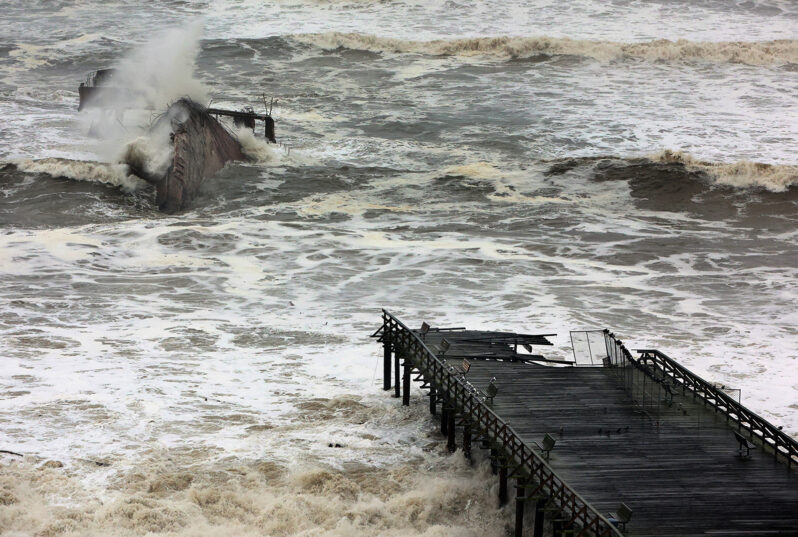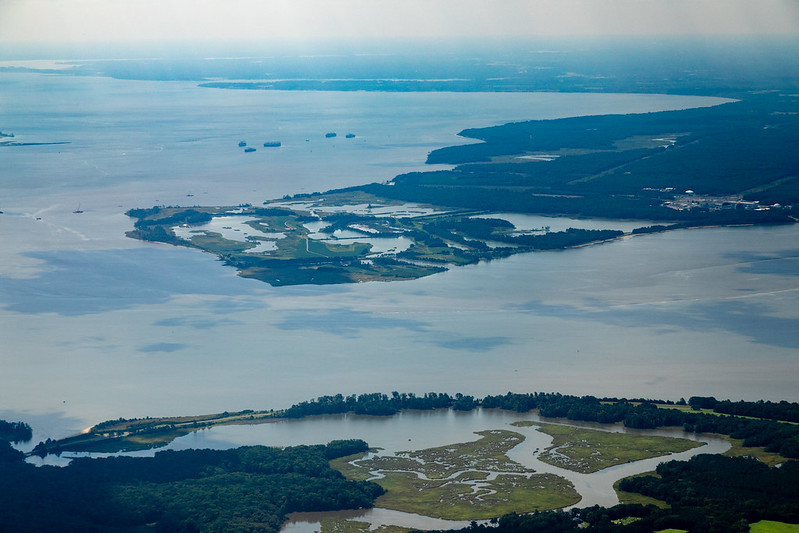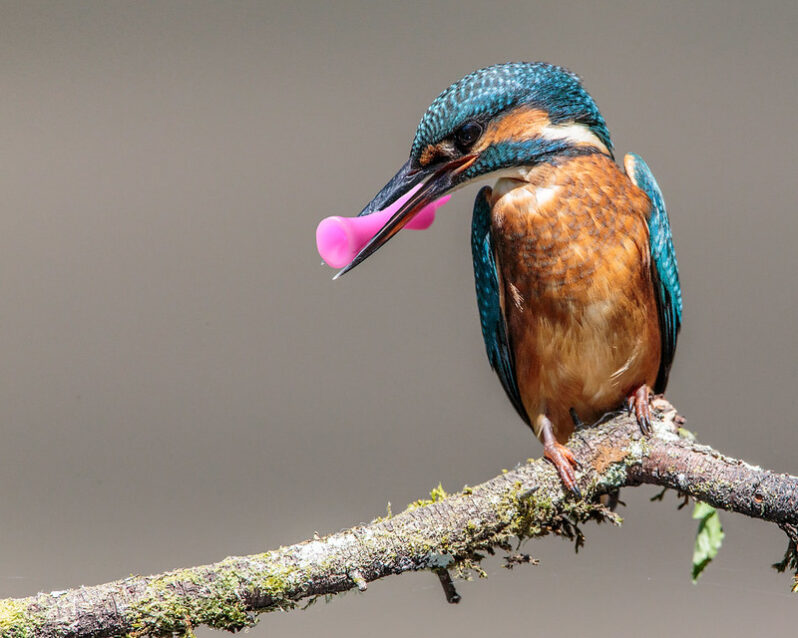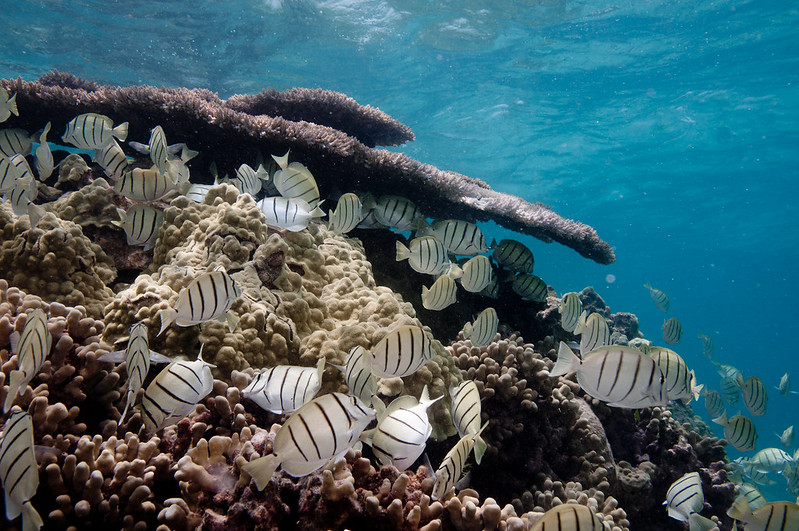24 trillion gallons of water have drenched California, and storms aren’t over – the Washington Post

Since late December, California has seen it all. More than a foot of rain has come down in the lowlands, with eight feet of snow in the Sierra Nevada. For the state as a whole, the equivalent of about 24 trillion gallons of water has poured down from the sky — or an average of more than 8.5 inches of rain over every acre.
It’s not just water that has blasted the state. Winds nearing hurricane force have torn from the coast to the Central Valley and into the mountains, downing untold numbers of trees and cutting power to hundreds of thousands. A tornado danced south of Sacramento.
At least 18 people have died in the onslaught of storms, and it’s not over yet…
Before-and-after photos show damage to Capitola after California storm – SF GATE

One of California’s prettiest little beach towns is in for a long recovery after brutal surf and whipping winds tore apart its picturesque village.
Capitola was hit hard last week by what meteorologists called a “bomb cyclone” storm. Waves were so intense that its historic wharf broke in half, and Capitola’s photogenic downtown was flooded with debris. Along with water damage, businesses and homes must contend with all manner of flotsam and jetsam that now litter the waterfront…
Coastal California is Ravaged by Multiple Atmospheric Rivers

People tend to have a short disaster memory…What this storm is telling us is it’s time to think a little more long-term and make some decisions…We’ve been Band-Aiding things together for a long time.” – Gary Griggs
Gallery images courtesy of Shmuel Thaler / Santa Cruz Sentinel, Kim Steinhardt, and Gary Griggs
On the Edge of Retreat (multimedia feature) – the Washington Post

A century ago, about 250 people lived on Hog Island, a seven-mile expanse off the Virginia coast. They raised livestock and gathered oysters. They lived in a town called Broadwater, worked at the lighthouse and Coast Guard station, and danced at night in a social hall called the Red Onion.
But that was back when there was still soil beneath their feet…
KIDS VS. PLASTIC Plastic Pollution What’s the problem? – National Geographic

A sea turtle swims through the water and spots a white blob floating near the surface. “Yum!” it thinks. “A jellyfish!” Chasing after its dinner, the turtle swallows the item. But the floating blob isn’t a jelly—it’s a plastic bag that could make the sea turtle sick…
Climate Change Is Threatening Hawaii’s Coral Reefs. So They Called the Insurance Guy – the New York Times

As climate change makes coastal storms more destructive, an environmental group is trying a new approach to protecting Hawaii’s coral reefs. It could become a model for defending natural structures around the country — if it works…
In Alaska, a Mystery Over Disappearing Whales – Undark

In the 1980s, Kotzebue Sound’s beluga population began to dwindle…Although some stocks are healthy, beluga numbers have fallen off in around a half-dozen regions over the last 50 years…Now, even after hunting has ceased in some places, stresses such as climate change, increased ship traffic, and chemical pollutants are a gathering storm that threatens to finish the job…
How sea level rise contributes to billions in extra damage during hurricanes – Yale Climate Connections

Had Ian hit a century ago, when sea levels were about a foot lower, the storm probably would have caused billions less in storm surge damage, judging by the results from two studies looking at storm surge damage from 2012’s Hurricane Sandy in New York. Taken together, the study results suggest that rising seas left a huge portion of U.S. coastal infrastructure – much of it built during the 20th century – vulnerable to storm surges.
Small increases in storm surge can cause huge impacts…
Teaching Children About Climate Change – the New York Times

Two new picture books and a novel for young readers place children at the center of climate calamity. Fittingly, they are stories of homes under threat; home, after all, is the thing climate change stalks, be it a house, a community or a livable planet. Each book offers its own lessons on how to cope with life under the monster we’ve created. The novel even shows how kids can help slay it…
